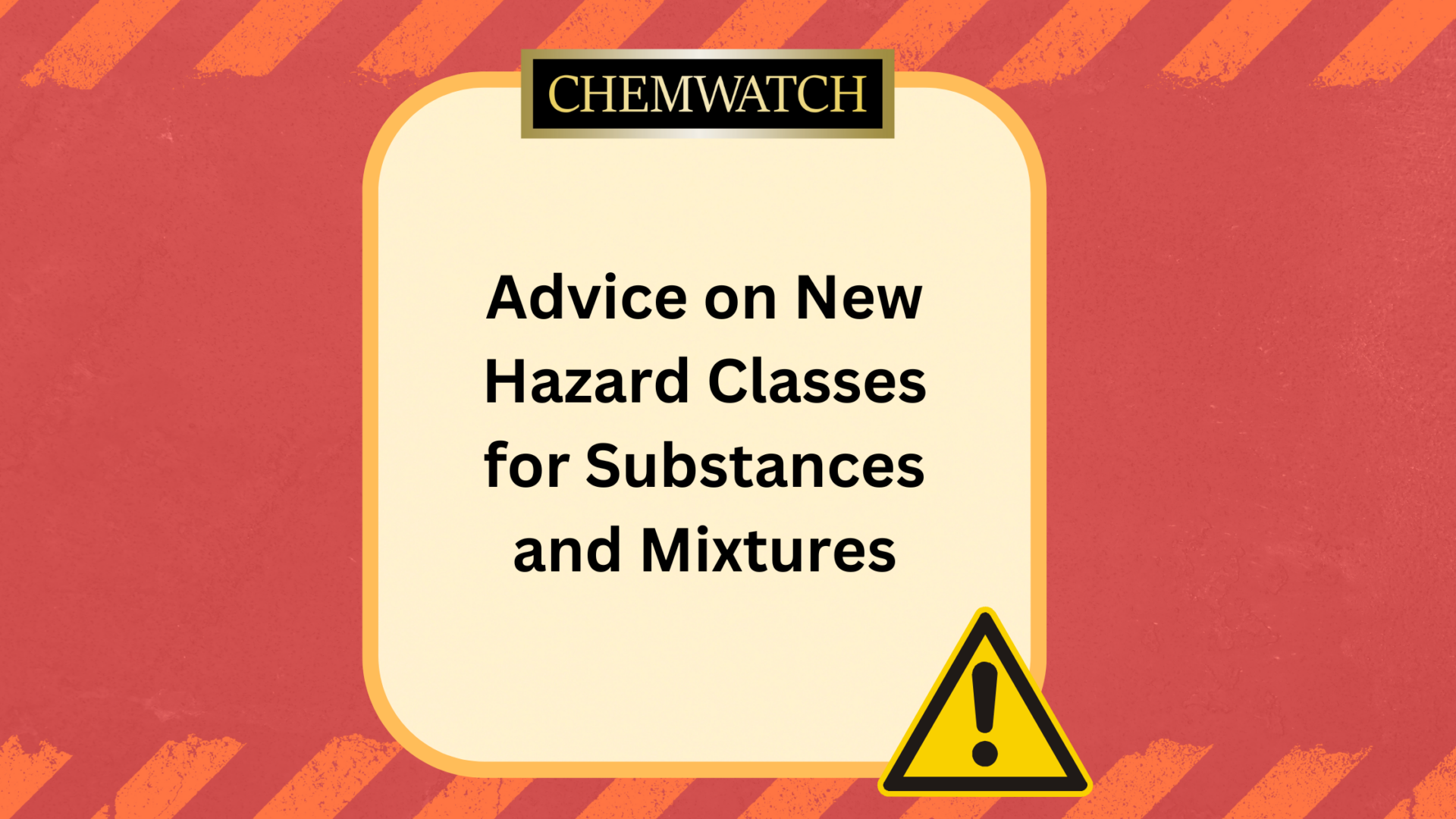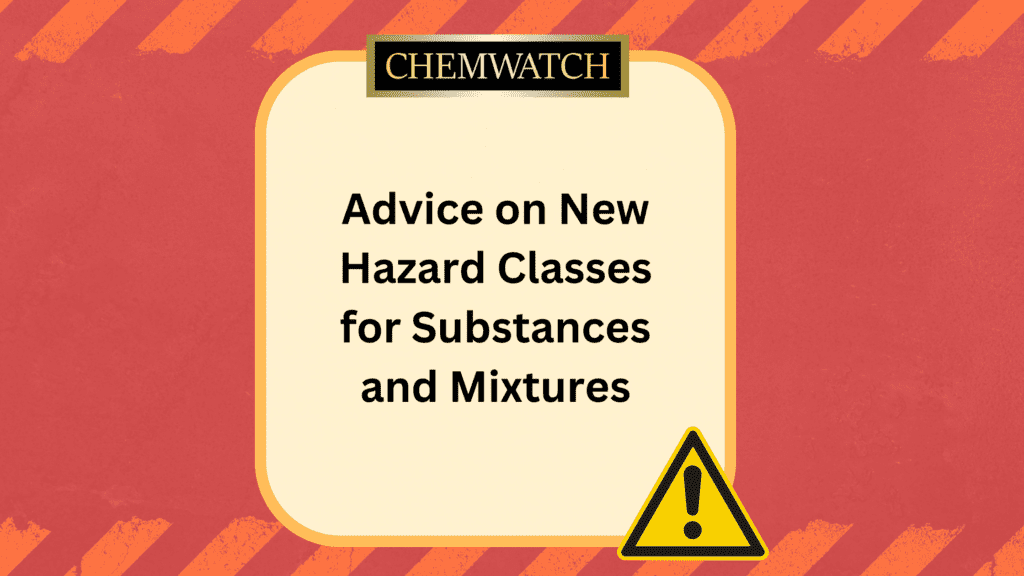
Based on the United Nations’ Globally Harmonised System (GHS), the Classification, Labelling, and Packaging (CLP) Regulation ((EC) No 1272/2008), plays a crucial role in ensuring the protection of health and the environment, as well as the free movement of substances, mixtures, and articles. Under this regulation, hazard classes are assigned to substances or mixtures that display properties leading to a hazardous classification. These hazard classes cover physical, health, environmental, and additional hazards, with labelling used to communicate these hazards to users and promote the safe handling of substances and mixtures.

The new hazard classes are becoming mandatory for new mixtures by May 1st, 2026, and for existing mixtures by May 1st, 2028
CLP has established a comprehensive set of criteria for labelling elements—including pictograms, signal words, and standard statements for hazard, prevention, response, storage, and disposal—for every hazard class and category, ensuring the safe supply of hazardous substances and mixtures. Apart from labelling requirements, CLP is also the basis for many legislative provisions on the risk management of chemicals.
Recently, the European Commission published a revision to the CLP regulation, introducing new hazard classes that will have a significant impact on the chemical industry. These new hazard classes include:
These classes are applicable to all chemical substances and mixtures placed on the EU market under REACH, including active substances in biocidal products and plant protection products.
The new rules came into effect on April 20th, 2023, but there are transitional periods in place. Manufacturers, importers, downstream users, and distributors are not yet required to classify their substances or mixtures according to the new hazard classes during these transitional periods. However, they have the option to voluntarily apply the new hazard classes. Eventually, by May 1st, 2025, all manufacturers, importers, downstream users, and distributors must comply with the new hazard classes for substances that have newly entered the market. For substances already on the market, compliance is required by November 1st, 2026. Similar transition times apply to mixtures, with the new hazard classes becoming mandatory for new mixtures by May 1st, 2026, and for existing mixtures by May 1st, 2028.
To facilitate compliance with the new regulations, it is important to stay updated with the latest guidelines and regulations. The new guidance is expected to be released in mid-2024. Understanding the new hazard classes and their corresponding hazard statements is essential for proper classification and labelling. The revision covers categories for endocrine disruption in human health and the environment, PBT and vPvB properties, as well as PMT and vPvM properties. Each category has specific criteria that need to be considered for classification purposes.
The introduction of these new hazard classes means that a significant proportion of chemicals will undergo new regulatory reviews. Organisations throughout the supply chain will need to conduct extended regulatory assessments. This may require additional resources and expertise to ensure compliance. With its team of environmental chemistry, regulatory specialists, and toxicology experts, Chemwatch can provide valuable support in navigating these complex regulatory requirements. Their extensive experience in assessing physicochemical, toxicological, and environmental fate endpoints enables them to assist clients in meeting these new obligations.
As the chemical industry adapts to the new hazard classes introduced by the CLP regulation, it is crucial to prioritise safety, protection of health, and the environment. By staying informed, following the guidelines, and seeking expert assistance when needed, businesses can effectively manage the challenges associated with the new hazard classes and ensure compliance with the regulations.
Sources: